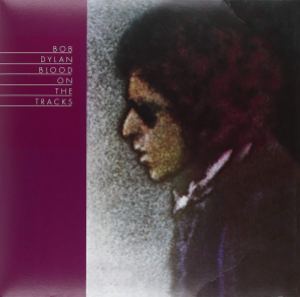Bob Dylan’s gifts to us these past few years have come with a caveat. His 2020 album, “Rough and Rowdy Ways,” was both welcome and unexpected. But though it had a few good songs, it was also overpraised, as most of his work has been since he revived his career in 1997 with the luminous “Time Out of Mind.” (Yes, the latter stages of his career have been going on for nearly a quarter-century now.)
So, too, with his streaming performance “Shadow Kingdom,” which went live on July 18 and supposedly expired on July 20 — although it still seems to be up for paying customers. As with “Rough and Rowdy Ways,” it did not deserve quite the degree of praise it received, as in this Pitchfork review. But it was pretty good nevertheless, and wonderfully weird in some very Dylanesque ways.
“Shadow Kingdom” features 12 songs from earlier in Dylan’s career, although only one, “It’s All Over Now, Baby Blue,” which closed the 50-minute set, was from his pre-electric period. Dylan was fully engaged with the material, and he had a first-rate, mostly acoustic band (no drummer) behind him. But though his enunciation was unusually clear and precise, his voice was pretty hard to take at times. I will defend Dylan’s singing during the peak years of his career to anyone. But it’s really been going downhill since “Modern Times,” his last great album, released in 2006.
“Shadow Kingdom” is not a live concert. Rather, it’s a film, shot in luxurious black and white, some of it with actors in an old-timey nightclub, some of it with just him and his fellow musicians. Everyone smokes. There is probably more smoke wafting through the air than at a Philip Morris board meeting, assuming they even allow smoking anymore.
The songs were chosen wisely. I’d describe them as middling Dylan — not his best-known, but not obscure, either. A few got a fairly straightforward treatment, including “To Be Alone with You” and “Pledging My Time.” Others were radically rearranged, such as “Tombstone Blues,” one of the greatest rock-and-roll songs of all time, presented here with Dylan playing the Beat poet narrating over a hipster soundtrack. “Forever Young” is deeply moving.
For an artist who seemed to be washed up in the 1980s, Dylan’s revival during the past few decades has been remarkable. He turned 80 recently, and he looks it and sounds it. COVID has kept him off the road; you have to wonder whether he’ll be up for another tour once it’s safe again.
It’s a shame that “Shadow Kingdom” came and went so quickly. I hope it’s made more widely available, because it’s a fascinating document about one of the greatest artists of the past century. I’m not sure if you can still buy a ticket, but if you want to try, here you go.
This post was first published last Friday in the Member Newsletter. For just $5 a month, members receive a weekly newsletter with early exclusive content, a round-up of the week’s posts, photography and even a song of the week. Just click here.





